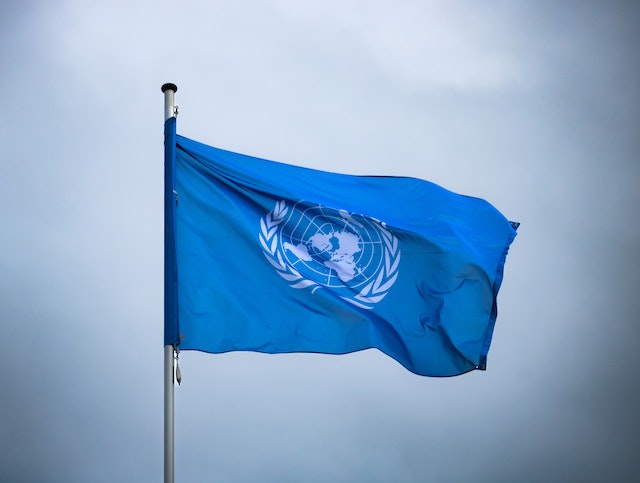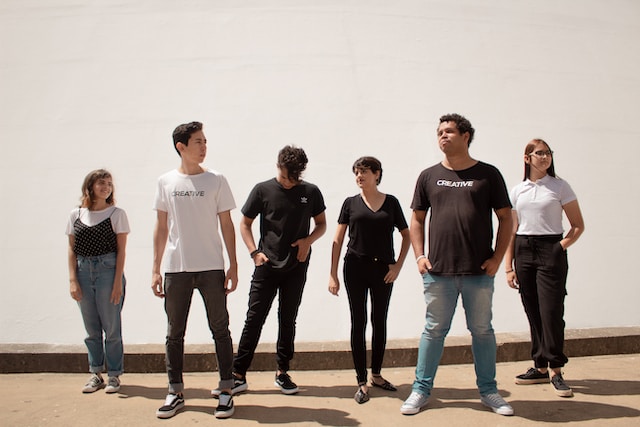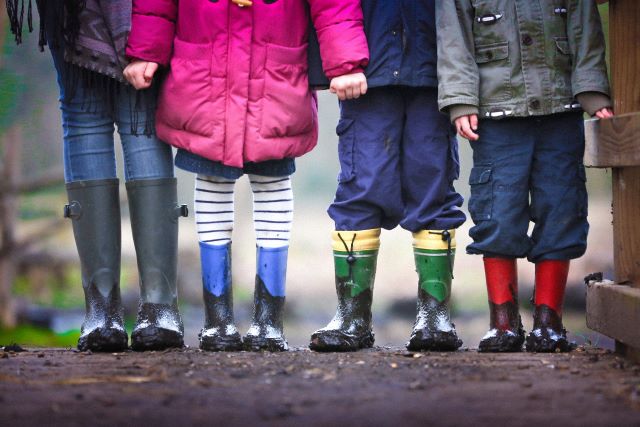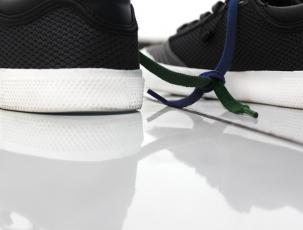Report explores the needs of children and young people affected by family violence
Fri 19 Apr 2024
The National Collective of Independent Women's Refuges (Women's Refuge) evaluation report of their family violence service for children looks at what helps children be safe.
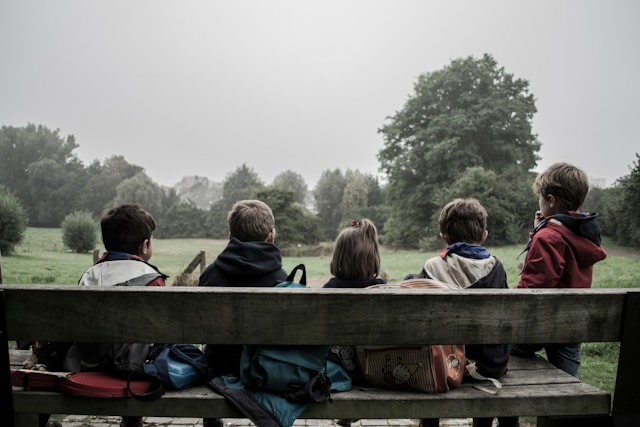
Report explores the needs of children and young people affected by family violence
The report, Evaluation of Kōkihi ngā Rito – Women’s Refuge’s Child Advocacy Pilot (2023), shares findings from an evaluation of Kōkihi ngā Rito (KNR), a family violence service designed specifically for children ages 5 to 12 years. The report looks at what leads to sustainable and meaningful safety for children affected by family violence. The research centred children and focused on children's own views about their safety, supported by insights from mothers and advocates working with the children.
The evaluation found that despite significant risks and impacts from violence, children who received the specialised support were safer with 85% of the children reporting they felt safer from harm and 85% reporting they felt their wellbeing improved. The authors note:
"KNR tamariki were almost always put at risk by biological fathers who utilised statutory mechanisms to retain access to them, and who as a result had continuous opportunities to use violence against them and their Mums. Yet as a result of their engagement with KNR, they were kept safe from homicide, and, in the main, from further direct assaults. In addition, their feedback showed that KNR meant they suffered fewer losses, less psychological abuse, and less harm than they would have without KNR."
The report includes more information about risks and safety outcomes for the children. This includes risk data and comments from the children in KNR.
The research also took an in-depth look at what supported safety. The report highlights some essential elements of child advocacy. This includes centring the child by 1) considering the way family violence risk specifically impacts children, 2) continually assessing this risk and responding to how the risk changes, and 3) working to disrupt the impacts of family violence to reverse adverse outcomes and improve tangible safety. The report notes that "Tamariki were made safer through advocacy that was specific to them as tamariki, focused solely on family violence, and supported their Mums and whānau as a crucial component of supporting them."
Key elements of the advocacy work involved:
- professional support specifically for the child
- whanaungatanga and relationship building which enabled children to disclose risks that may have been unknown to their mothers or services
- child led, including safety plans that were tailored to the children
- flexible, reliable and open-ended (as long as children want and need) support that meant children were better heard and understood by other parts of the systems they were involved with
- both children and mothers could access a wider range of support and resources when they most needed them
- the relationship between children and their mothers mutually benefitted from the mutual recovery and capacity-generating work of the advocates.
Children and their mothers identified a key difference was that the programme offered specialist support that was both for children and about safety from family violence. The report highlights that children did their own safety work, and also "...perceived their relationships with Mums to be a fundamental facilitator of their past, present, and future safety." In particular, the research identified that the interdependence of the child and mother's relationship was "...one of the primary imperatives of effective advocacy for tamariki - supporting and unburdening Mums so they have as much capacity as possible to support their kids."
The research also identified that perpetrators had the most control over risks to the children and "There was seldom evidence of institutional accountability for fathers' violence". Further, children's safety was heavily impacted by the responsiveness of organisations, institutions and systems.
The research also identified that systemic barriers undermined safety:
"Children’s (and Mums’) reflections on how risk and advocacy evolved in tandem demonstrate how long-term engagement nurtured, fortified, and sustained structures of safety around each tamaiti, the benefits of which outlasted the pilot itself. However, the data from kids, Mums, and KT also reveal the limitations of how effective KNR can be while the safety of tamariki is actively undermined by more powerful systems."
The report identified 5 systems barriers that further entrench risks to children:
- "The physical and relational environment in which children are expected to give input into decisions that affect them in criminal court, family court, and child protection services;
- Family court and/or child protection systems failing to listen to, understand, and give effect to how children experience family violence risk and safety;
- Inadequate consideration and use of family violence information in care of children proceedings, so that perpetrators’ patterns of harm and Mums’ protective parenting are neither recognised nor inform decision-making;
- Lack of family violence-informed responses by some police, social workers, lawyers for children, lawyers working with Mums, and family court Judges, reinforcing risks to children; and
- Undermining and underutilisation of family violence specialists working with children, precluding a whole-of-system safety-enhancing response to them and their whānau."
The report includes recommendations for specialist family violence providers, policy makers and funders, the wider social and justice systems, and researchers.
The authors also highlight that:
"Aotearoa has yet to establish and apply a benchmark for best practice with tamariki impacted by family violence, and so the ‘child protection’ field of practice remains artificially separated from the ‘family violence’ field of practice. Accordingly, the designation of safety-related decision-making for children solely to the court and the child protection system perpetuates widespread misperceptions about children’s experiences of family violence, and their subsequent needs."
The report concludes with 10 principles for practice for an enhanced framework of understanding safe and effective family violence response for children:
"1. Tamariki are taonga and deserve purposeful, effective advocacy as clients in their own right.
2. Unequal and oppressive systems (especially colonisation, racism, and gender inequality) lay the foundations for family violence, but using violence is still a choice. Perpetrators make the choice to use the power they have over wāhine and tamariki to undermine their safety, autonomy, dignity, and resources.
3. The use of family violence tactics against or around children (or against their Mums or whānau) is a form of child abuse that may severely impact their current and future safety, wellbeing, and life prospects.
4. For every act of violence by a perpetrator, there is also an act of resistance by the safe parent. This may seem like complicity or aggression on the surface, but serves to set boundaries around, cope with, limit, or reduce the severity and impacts of abuse for victims and their children.
5. Mums do everything they are free and able to do to keep their tamariki safe and well, and do not have the power to make perpetrators stop using violence. Whānau are instrumental in helping victims to be safe and helping perpetrators to be accountable.
6. Family violence is often ongoing at the time that we are working with tamariki and their Mums, and our actions can either put them at greater risk or make them safer.
7. The extent to which tamariki are impacted by family violence depends in large part on how we learn about, listen to, and act on risks they and their Mums are facing to create safety from these.
8. Tamariki and wāhine victims are the experts in both their experiences of family violence and in coping with the impacts of family violence. They often know what they need to be able to cope, but do not have access to what they need.
9. Tamariki are safest when they, their Mums, and protective whānau are supported in culturally responsive ways, have their needs met, and know that helping systems will take responsibility for managing perpetrators’ violent behaviour.
10. How attuned we are to tamariki and how well we match our advocacy to what is important to them influences how heavy their (and their Mums’) mental burdens are and what opportunities they (and their Mums) have to restore their wairua, capacity, wellbeing and happiness."
In addition to the full report, a brief Executive Summary is available. Also see a summary of the report in The Post article ‘If we are not going to advocate for tamariki, who will?’
Women's Refuge has also published a 2 page handout about the research for Lawyers for Children.
More information
The Kōkihi ngā Rito pilot was developed based on Women's Refuge previous research, Kids in the Middle (2021). This research asked children directly what a good family violence service would look like for them. Based on this research, Women's Refuge created a Tamariki refuge workbook (2022) for children and a book for adults who want to know more about children and their experiences, Hear it from me and other tamariki (2022). The Ministry of Social Development (MSD) November 2023 Family Violence and Sexual Violence email update noted that "MSD is investing $5.9 million over four years to 2027 to expand the child advocacy pilot in eight Women’s Refuges." This funding for child advocates was allocated in Budget 2023.
Related resources
For related Aotearoa reports, see the Child Wellbeing Unit's Index of child and youth engagement reports related to Family violence/sexual violence.
The report from Melbourne City Mission, Amplify: Turning up the Volume on Young People and Family Violence (2021), explored the family violence experiences and needs of young people ages 15 to 19.
The Family Violence Death Review Committee has previously published a position brief on Six reasons why we cannot be effective with either intimate partner violence or child abuse and neglect unless we address both together (2017).
Related news
The Citizens Advice Bureau (CAB) launched a new Youth Tool Kete website which contains information about legal rights and responsibilities and how to get help from a real person at CAB. It covers key issues that young people ask about including things like flatting, problems at work and wellbeing. Under wellbeing there is information about relationship issues, domestic violence and more. CAB also launched the report Youth Engagement with Citizens Advice Bureau: A CAB Spotlight Report on the issues facing young people in Aotearoa (2024). The report looks at the most common issues for people under age 25 who seek help from CAB. The report includes information about young people's questions about relationships including care of children, Family Court, separation, parenting and more.
Mana Mokopuna – Children and Young People’s Commission published a new report “Without racism Aotearoa would be better”: Mokopuna share their experiences of racism and solutions to end it (2024). The report shares insights from conversations with 161 young people about their experiences of racism, how it is a barrier to living their best lives and their ideas for solutions. To learn more listen to interviews with Chief Children’s Commissioner Dr Claire Achmad on Waatea News and 531pi.
Related media
Rangatahi identify racism as handicap, Waatea News, 22.03.2024
Solving racism: Mokopuna want te reo Māori compulsory in schools, Te Ao Māori News, 21.03.2024
Young people encounter racism most often at school, report reveals, Stuff, 21.03.2024
Dr Claire Achmad | Aotearoa Chief Children’s Commissioner, Waatea News, 21.03.2024
Rangatahi Māori face higher levels of structural disadvantage study shows, RNZ, 24.11.2023
Image: Piron Guillaume on Unsplash



